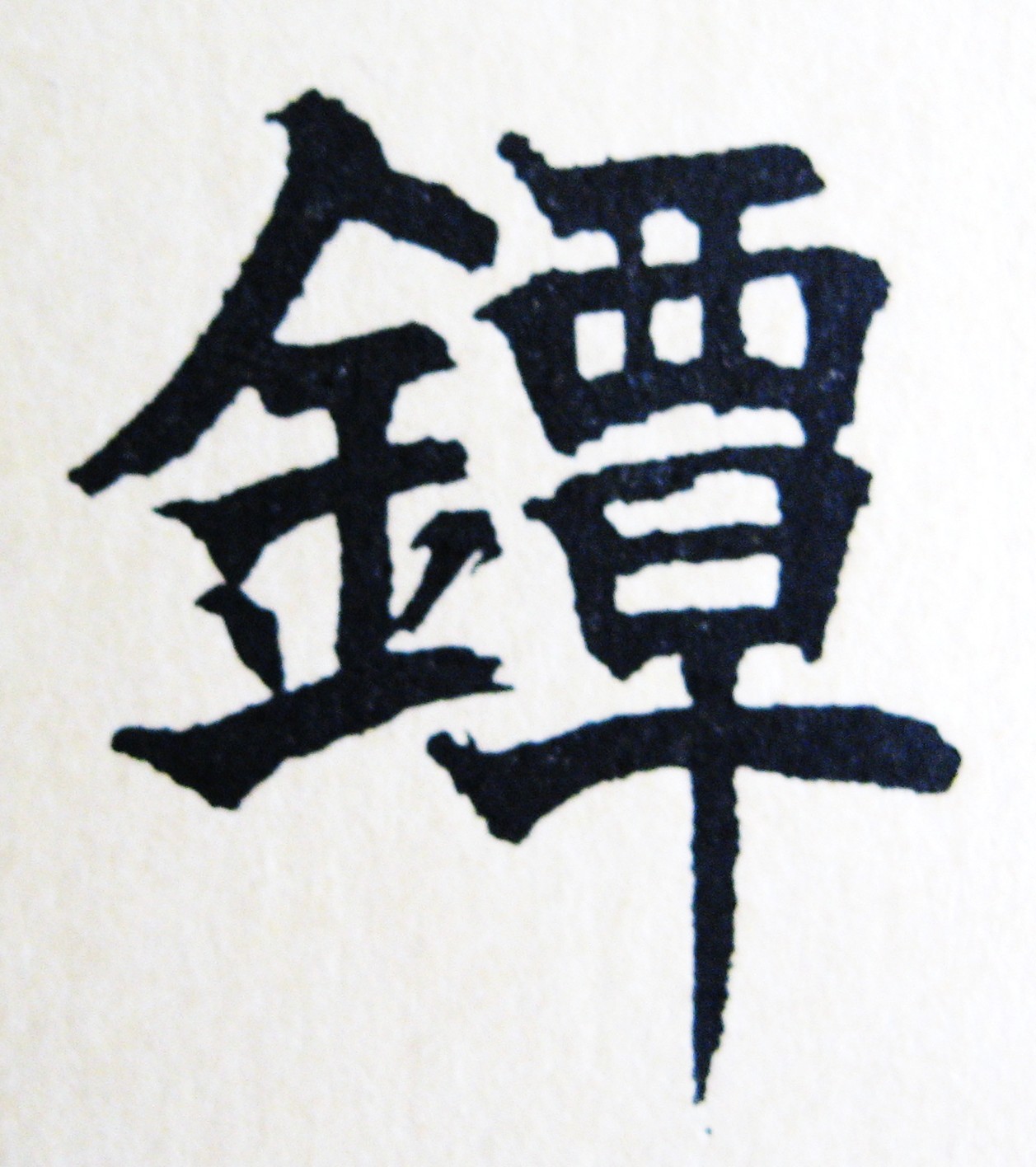|
'TERUMITSU'
|
 |
|
'TERUMITSU'
|
 |
| PROVENANCE: Robert E. Haynes Elliott D. Long |
$700.00 |
|
"Round iron plate that tapers slightly to the rim. Carved with three eggplants, one in openwork and two with the fruit in shakudo relief inlay. The whole design repeated on the reverse.
Signed: Terumitsu, H 09599.0. The only other example recorded by this artist was in my collection more than 60 years ago. The subject of the three eggplants is the legend of the "Three Dreams", a well known tale. I did not give a date for my reference in the Index, but based on this example I would say he worked ca. 1850. I am very fond of the combination of iron plate and shakudo inlay and this example is very pleasing." (Haynes) The Omori School: (Abbreviated lineage) 1) Shigemitsu: son of Shirobei, born 1696, died 1725 at the age of 30. 2) Terumasa: nephew of Shigemitsu, student of Somin, born 1706, died 1772-1780 at the age of 68. 3) Terumitsu: student of Terumasa, worked ca. 1850. (Long) |
 |
|
LEGEND IN JAPANESE ART by Henri L. Joly
Chapter 176 (pg.58-59) is titled 'DREAMS'. The last paragraph reads "Dreams of Fuji Yama, of two falcons or three fruits of the egg plants are considered lucky omens, predicting long life to the dreamer. Ichi Fuji, ni taka, san nasubi is the Japanese proverb expressing this belief." (Haynes & Long) HATSUYUME. "Hatsuyume is the Japanese word for the first dream had in the new year. Traditionally, the contents of the dream would foretell the luck of the dreamer in the ensuing year. It is considered to be particularly good luck to dream of Mount Fuji, a hawk or falcon, and an eggplant. This belief has been in place since the early Edo period but there are various theories regarding the origins as to why this particular combination was considered to be auspicious. One theory suggests that this combination is lucky because Mount Fuji is Japan's highest mountain, the hawk is a clever and strong bird, and the word for eggplant (nasu or nasubi) suggests achieving something great (nasu). Another theory suggests that this combination arose because Mount Fuji, falconry, and early eggplants were favorites of the shogun Tokugawa Ieyasu." (Long) |
 6.8cm x 7.3cm x 0.3cm |
 |
 |
How to Purchase this Tsuba |
|
If you would like to know more about any Tsuba, or if you are considering a purchase, please send an E-MAIL telling me (Elliott) where you are and what pieces interest you. Or, if you would rather, you may call me: Phone: (c)503-754-8082 or (h)503-666-2342 I can
discuss payment methods, and estimate shipping and insurance
costs. |
|
A Collaboration of Robert E. Haynes and Elliott D. Long |
|
|
| Robert Haynes Articles - Tutorial Go To Tsuba Gakko Email to Shibui Swords |